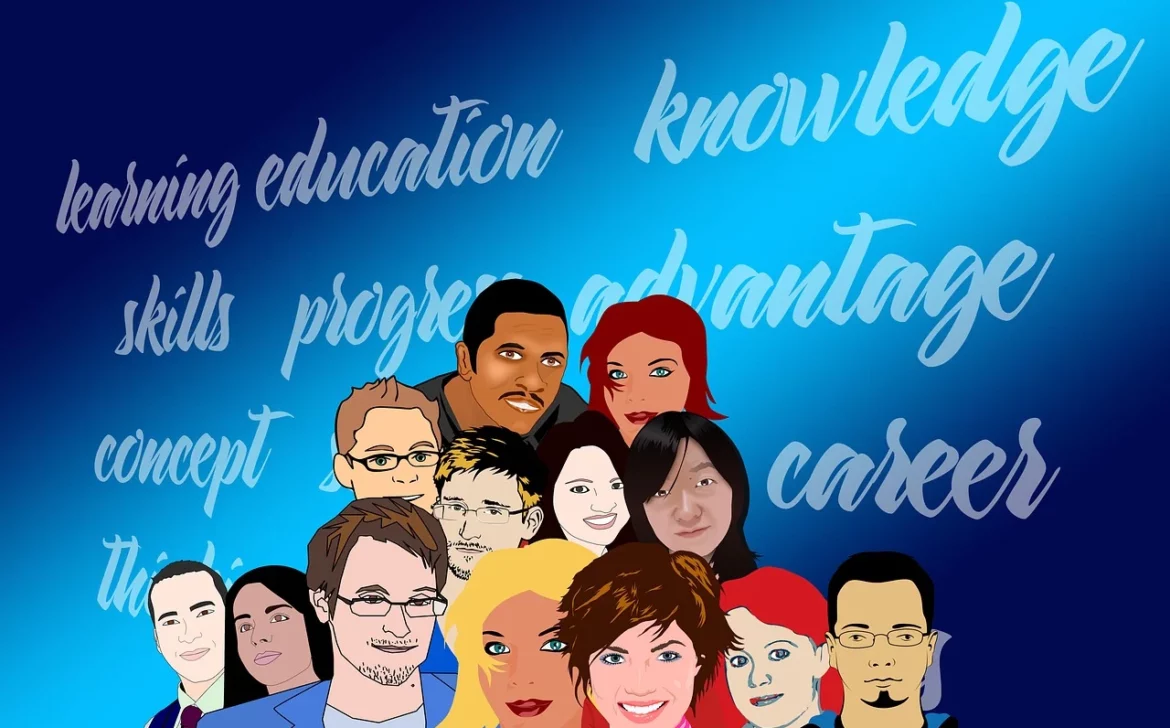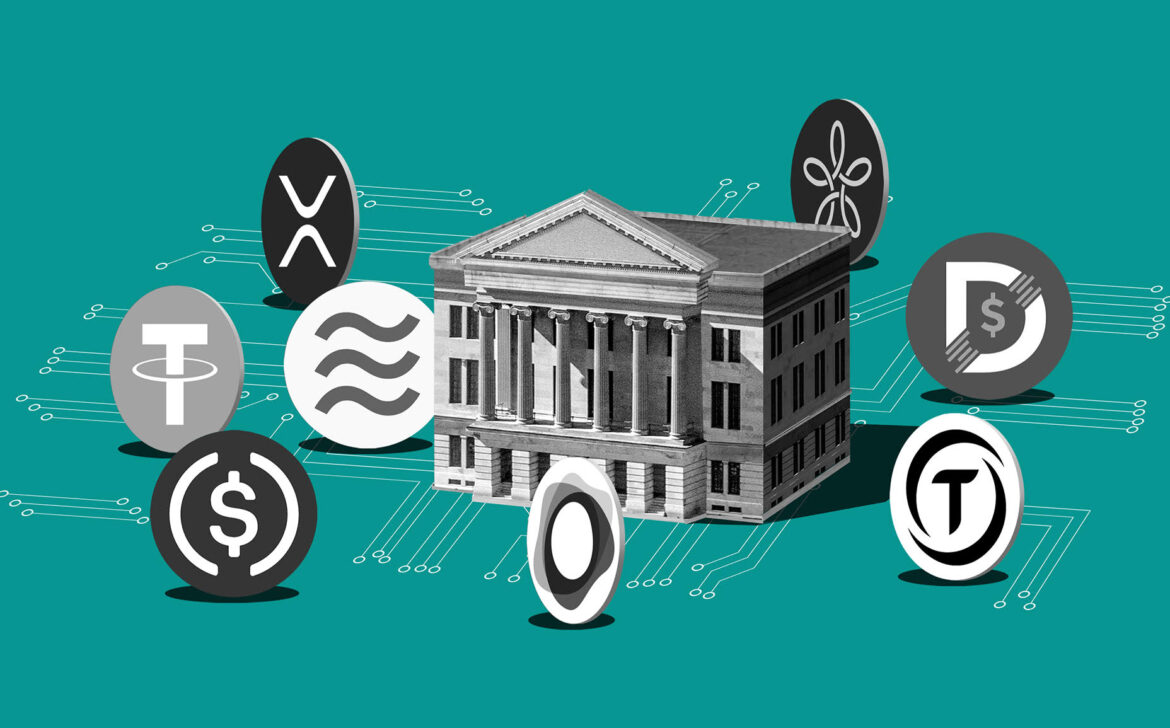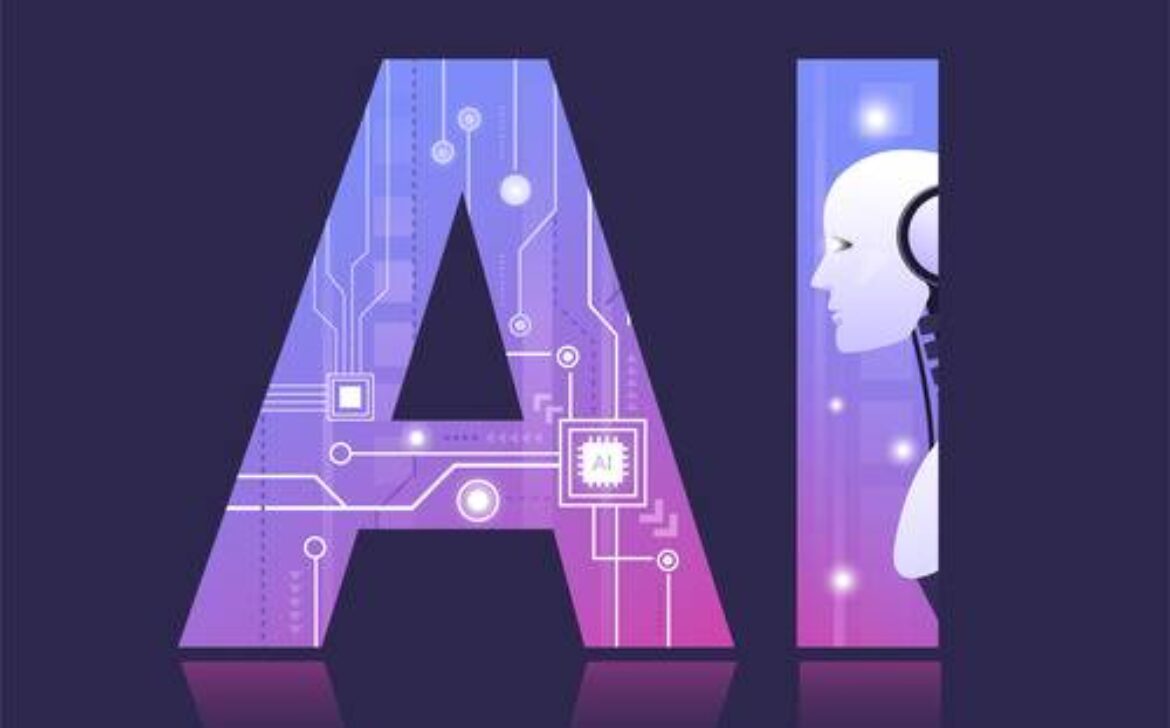Blockchain Technology: Revolutionizing Industries and Enhancing Security

Introduction:
Blockchain technology, originally introduced as the underlying technology for cryptocurrencies like Bitcoin, has emerged as a transformative force with the potential to revolutionize various industries beyond finance. The decentralized and transparent nature of blockchain has opened up new possibilities for secure and efficient data management, transactions, and trust-building. In this blog post, we will explore the power of blockchain technology, its applications across industries, and how it enhances security and trust in the digital age.
- Understanding Blockchain Technology:
Blockchain is a distributed ledger technology that enables the secure recording, storage, and verification of transactions across multiple participants or nodes in a network. Unlike traditional centralized systems, where data is stored in a single location, blockchain uses a decentralized network of computers, known as nodes, to maintain a shared and immutable ledger. Each transaction, or block, is cryptographically linked to the previous one, forming a chain of blocks, hence the name blockchain. This structure ensures transparency, integrity, and security in data management.
- Applications of Blockchain Technology:
a. Financial Services: Blockchain has revolutionized the financial industry by providing secure and transparent transactions, eliminating the need for intermediaries and reducing costs. It enables faster cross-border payments, smart contracts, and decentralized finance (DeFi) applications.
b. Supply Chain Management: Blockchain enhances transparency and traceability in supply chains, enabling stakeholders to track the movement of goods from origin to destination. It can prevent counterfeit products, streamline logistics, and improve trust between suppliers and consumers.
c. Healthcare: Blockchain can securely store and share patient records, ensuring data integrity, privacy, and interoperability across healthcare providers. It can also facilitate drug traceability, clinical trials, and secure sharing of medical research data.
d. Identity Management: Blockchain offers a secure and decentralized solution for identity management, allowing individuals to have control over their personal data and verifying their identities without relying on centralized authorities.
e. Voting Systems: Blockchain can enhance the integrity and transparency of voting systems by providing an immutable record of votes. It can prevent fraud, enhance voter participation, and increase trust in the electoral process.
- Enhanced Security and Trust:
a. Immutable and Transparent: Once data is recorded on the blockchain, it cannot be altered or tampered with, ensuring data integrity and immutability. The transparent nature of blockchain allows participants to verify and audit transactions, reducing the risk of fraud.
b. Decentralization: The decentralized nature of blockchain eliminates single points of failure and makes it resilient to attacks. To compromise the blockchain, an attacker would need to control the majority of the network’s computing power, making it highly secure.
c. Encryption and Cryptography: Blockchain uses advanced cryptographic algorithms to secure transactions and protect data. Public and private key encryption ensures secure authentication and authorization of participants.
d. Trustless Transactions: Blockchain eliminates the need for trust between parties as transactions are verified and recorded by the consensus of multiple nodes. Smart contracts further enhance trust by automating and enforcing agreements without relying on intermediaries.
- Challenges and Considerations:
a. Scalability: Blockchain technology still faces challenges regarding scalability, as the decentralized nature of the network requires all nodes to validate transactions, leading to slower processing times. However, ongoing research and development are addressing these scalability issues.
b. Regulatory and Legal Frameworks: The adoption of blockchain technology requires the development of appropriate regulatory and legal frameworks to address concerns related to data privacy, liability, and compliance.
c. Energy Consumption: Some blockchain networks, such as Bitcoin, require substantial computing power and energy consumption for mining and validation processes. However, there are efforts to develop more energy-efficient consensus mechanisms.
Conclusion:
Blockchain technology has the potential to revolutionize industries by enhancing security, trust, and efficiency. From financial services to supply chain management, healthcare, identity

















